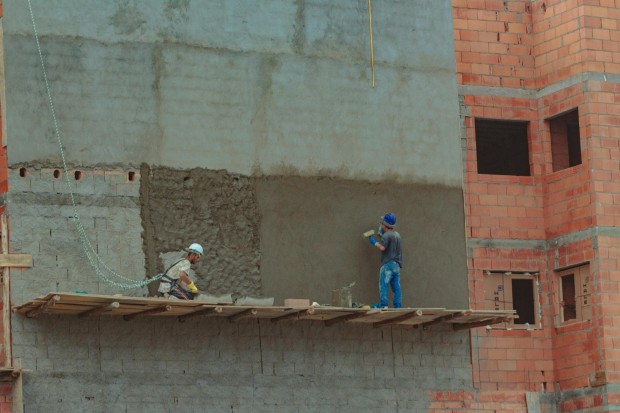In the construction industry, cement waterproofing is utilized to avoid leakage and prevent the paint in a structure from peeling. By constructing a barrier that prevents water from entering, it ensures that your building will continue to be dry and comfortable.

(Photo : Pexels/ Lucas Pezeta )
1. Durable
The endurance of this waterproofing technology is one of the many ways in which it is comparable to cement or other similar materials. Due to its resistance to chemicals, abrasion, and weather, cementitious waterproofing is also suitable for use in places that are exposed outside. Additionally, it has a high resistance to freezing temperatures, which is helpful in situations where you need to apply waterproofing in icy locations. Even when subjected to a significant amount of wear and tear, this technology will be able to keep water trapped.
2. Mold Resistant
Mold can be avoided by using a cementitious coating, as it is resistant to a wide variety of environmental influences. This fungal growth frequently causes building damage, mainly when the building components are not durable or when the issue is not promptly resolved. The condition is brought on by an excessive amount of moisture or water that penetrates cracks in surfaces. Nevertheless, correctly applying cementitious waterproofing can prevent the growth of mildew on the premises.
3. Easy to Apply
Cementitious waterproofing is often recognized as one of the less complex processes. It is readily accessible at most hardware stores, and its materials can be handled similarly to cement. You only need to combine the ingredients with water until you have the desired consistency and then apply it with a brush with firm, long bristles. Cementitious waterproofing is an excellent choice for situations in which you require a speedy application that does not require any further stages.
4. Cost-effective
Cementitious waterproofing is a more cost-effective technique than other techniques. As mentioned, costs are reduced because the materials are readily available and do not require any specialized equipment or significant effort.
Also Read: Toyota's Futuristic $10 Billion 'Living Laboratory' City in Japan Nears Completion
5. Non-toxic and Environmentally Friendly
Products used for waterproofing with cementitious materials are commonly non-toxic and beneficial to the environment. Since they do not release hazardous compounds into the atmosphere, they are a suitable substitute for green construction initiatives and water-related applications.
6. Breathable
One of the most prominent features of cementitious waterproofing is its capacity to allow air to pass through it. While blocking water from the outside from penetrating the structure, it provides moisture that has become trapped in the concrete to pass through. This keeps the building components structurally sound and prevents problems like mold growth. Moreover, although the coating is watertight, it is not airtight because it is still permeable to water vapor. As a result, evaporation can still occur.
7. Easy to Mix
Given its similar handling, cementitious waterproofing is comparable to ordinary cement; therefore, it is easy to mix. In most cases, the powder will just be combined with water or liquid that the manufacturer supplies until it reaches the desired consistency. This is done in accordance with the ratio specified in the instruction or datasheet.
Related Article: Shielding Structures: 6 Superior Cement Waterproofing Methods for the Rainy Season







